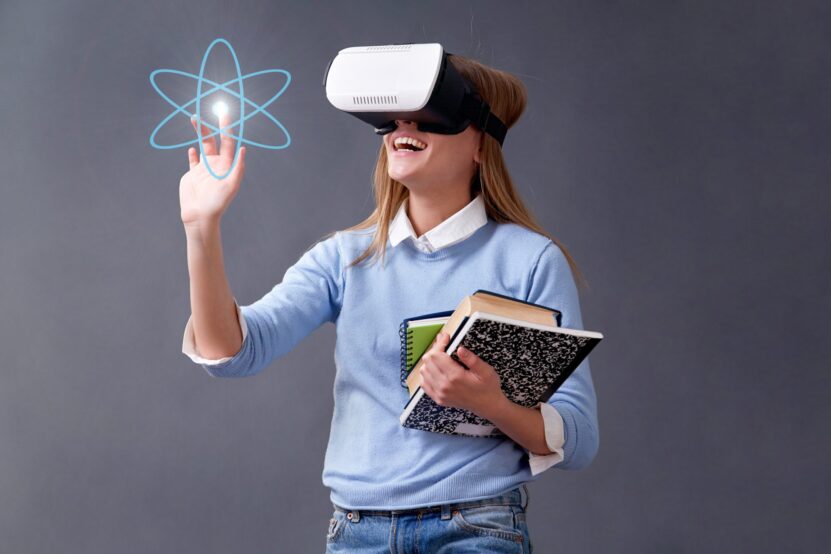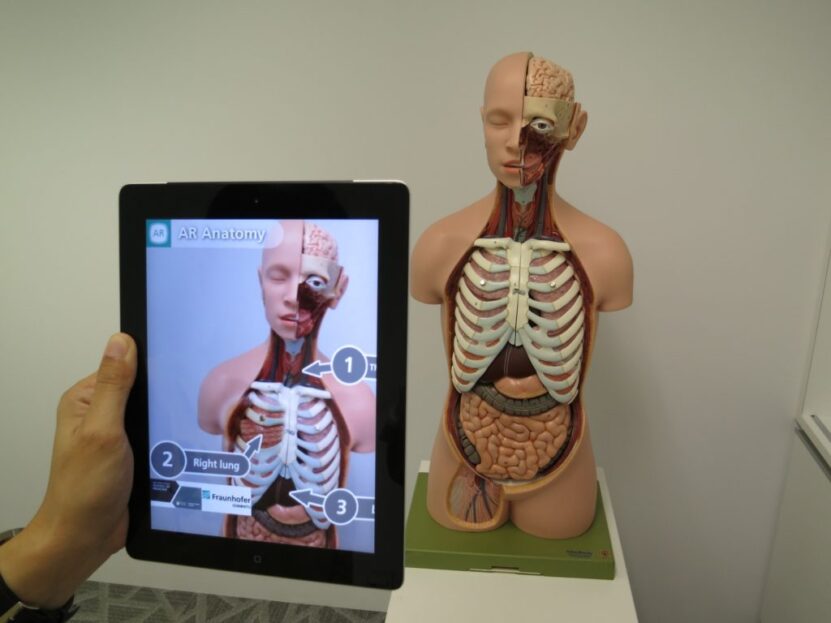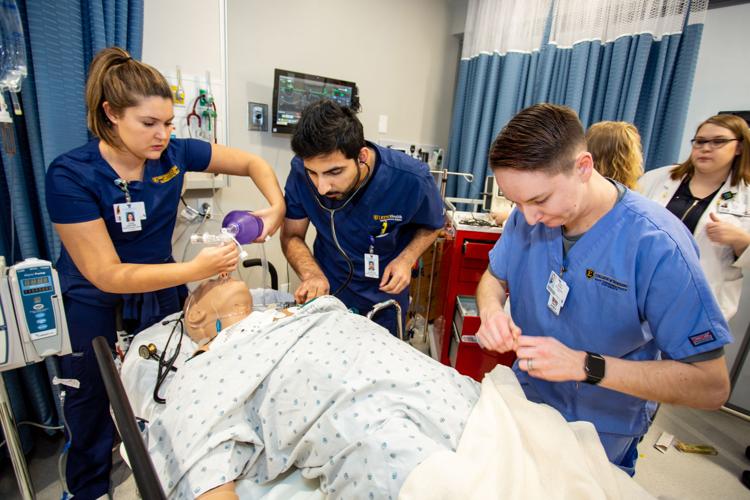In an era where technology permeates every facet of our lives, its influence on the realm of first aid education is profound. This integration is not merely a fleeting trend; it’s a transformative shift that’s redefining how we approach and consume first aid training. Traditional classroom settings with mannequins and textbooks are being complemented—and in some cases, replaced—by innovative tech-driven methods. These advancements are not just enhancing the learning experience; they’re making first aid training more accessible, interactive, and effective for everyone, regardless of their background or location.
Tech in First Aid Education

The marriage of technology and first aid education is a testament to the evolving nature of learning in the 21st century. As the digital age progresses, the tools and platforms available for education expand, offering a plethora of opportunities to make learning more immersive and personalized. In the realm of first aid, this evolution is not just about convenience; it’s a matter of life and death. The quicker and more effectively one can administer first aid, the higher the chances of saving a life. By leveraging technology, we’re equipping individuals with the skills and confidence they need to act decisively in emergencies.
Online First Aid Courses
The digital revolution has democratized access to information and education. Online first aid courses epitomize this shift. They offer a blend of convenience, flexibility, and quality, making first aid education accessible to everyone, irrespective of their geographical location or schedule constraints. These courses are meticulously designed, often by experts in the field, ensuring that the content is both accurate and up-to-date. The interactive nature of online platforms also allows for real-time feedback, quizzes, and video demonstrations, enhancing comprehension and retention. For those who might have previously found it challenging to attend in-person classes due to work commitments, geographical barriers, or other reasons, online courses are a boon and you can find a nice one here https://cprcertificationnow.com/products/first-aid-certification.
Virtual Reality (VR) Training

Virtual Reality (VR) is no longer just a tool for gamers or tech enthusiasts. It’s making waves in the educational sector, especially in first aid training. VR offers an immersive experience, allowing learners to step into realistic emergency scenarios without any real-world risks. Imagine being able to practice CPR on a virtual patient or navigate a smoke-filled room to assist an injured individual—all from the safety of a controlled environment. This hands-on approach not only enhances muscle memory but also helps in building confidence.
Mobile Apps for First Aid
In an age where smartphones are almost ubiquitous, mobile apps for first aid have emerged as invaluable tools. These apps serve as pocket guides, offering step-by-step instructions for various first aid procedures, from treating burns to performing the Heimlich maneuver. Many of these apps come equipped with interactive diagrams, videos, and even augmented reality features, making the learning process more dynamic. In critical situations where every second counts, having a comprehensive first aid guide right at one’s fingertips can be a game-changer.
Interactive E-Learning Modules
E-learning has transformed the landscape of education, and first aid training is reaping its benefits. Interactive e-learning modules are designed to engage learners actively. They often incorporate multimedia elements like videos, animations, and quizzes to break the monotony and make learning more enjoyable. These modules allow learners to progress at their own pace, revisiting complex topics as needed. The interactive nature of these modules ensures that learners don’t just passively consume content; they interact, engage, and apply their knowledge, leading to better retention and understanding.
Augmented Reality (AR) Aids

Augmented Reality (AR) is bridging the gap between the digital and physical worlds, especially in the realm of first aid training. AR apps and devices overlay digital information onto the real world, providing real-time guidance during emergencies. For instance, an AR app might guide a user through the steps of wound dressing by overlaying instructions on the actual wound via the smartphone camera. This real-time guidance can be invaluable, especially for those who might be nervous or unsure during emergencies. The potential of AR in first aid training is vast, and we’re only scratching the surface.
Gamification of First Aid Training
Learning first aid doesn’t have to be a tedious process. Enter gamification—a technique that infuses game-like elements into non-game contexts. By turning first aid training into a game, learners are more motivated to participate and complete their training. Points, badges, leaderboards, and challenges make the learning process more engaging and competitive. This approach not only makes learning fun but also ensures that learners are more invested in their education, leading to better outcomes.
Online Certification and Testing
The digital age has streamlined the certification process, making it more efficient and accessible. Gone are the days of waiting weeks for test results or traveling long distances for certification exams. Today, technology enables learners to complete exams and assessments online, often with instant feedback. This immediacy not only reduces anxiety but also allows individuals to quickly gauge areas of improvement.
Simulated Emergency Scenarios

Simulations have always been a cornerstone of first aid training. However, with advancements in technology, these simulations have become more realistic and versatile. Tech-driven simulations can mimic a wide range of emergency scenarios, from natural disasters to home accidents. These lifelike scenarios provide hands-on training, allowing learners to practice their skills in a controlled yet realistic environment.
Dat Analytics for Progress Tracking
In today’s data-driven world, first aid education is harnessing the power of data analytics. By tracking learners’ progress, educators can identify areas that might require additional attention or resources. Data analytics provides insights into which modules or techniques are most effective, allowing for continuous improvement in training methodologies. For learners, analytics can offer a clear roadmap of their progress, highlighting strengths and areas for improvement.
Social Media and Peer Learning
The rise of social media has facilitated a global community of first aid enthusiasts and professionals. Platforms like Facebook, Twitter, and LinkedIn host numerous groups and forums dedicated to first aid discussions, knowledge sharing, and peer learning. These platforms allow for real-time exchange of ideas, experiences, and best practices.
Future Trends in First Aid Education
As we gaze into the horizon, it’s evident that the fusion of technology and first aid education will continue to evolve. We can anticipate the emergence of more personalized learning experiences, leveraging AI to tailor training to individual needs. Additionally, the boundaries between virtual and physical training might blur further, with mixed reality offering a seamless integration of both worlds.

